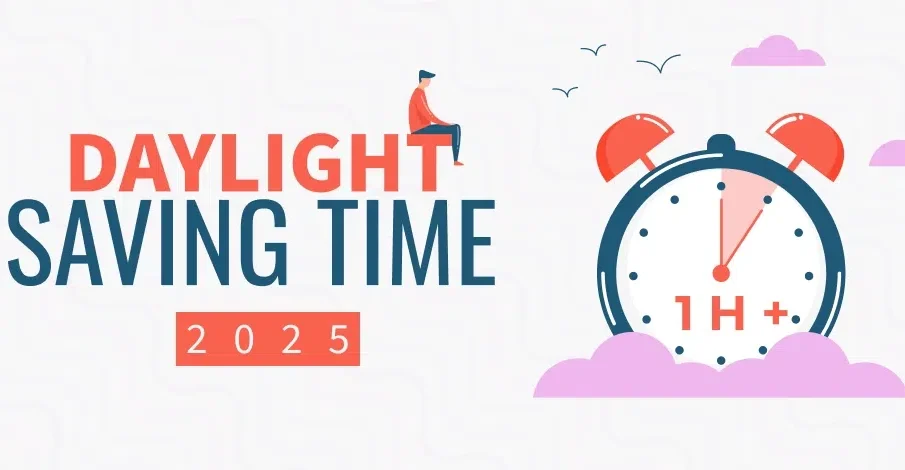Understanding Daylight Savings 2025: What You Need to Know

Introduction
Daylight savings time (DST) has been a subject of debate for many years, balancing energy conservation and the impact on daily life. With the potential changes anticipated in 2025, it’s essential to understand how these modifications may affect Canadians. Daylight savings time traditionally involves setting the clock forward by one hour in spring and setting it back in the fall. The relevance of this practice increases as discussions about its effectiveness and the need for change grow louder.
Proposed Changes for 2025
As of late 2023, various stakeholders, including government and public interest groups, are considering adjustments to daylight savings time that may take effect in 2025. Some regions within Canada have already expressed intentions to opt out of DST altogether, citing reasons ranging from health impacts to the inefficiencies of the time change itself. For instance, British Columbia previously explored the possibility of permanently adopting Pacific Standard Time (PST).
Impact on Daily Life
The adoption of permanent daylight savings time in some provinces could result in notable changes to daily routines. Many Canadians have reported issues related to sleep disruption during the transitions into and out of daylight savings time. Studies have shown correlations between these transitions and health problems including increased rates of heart attacks, workplace accidents, and mood disorders.
Government and Public Response
With a growing body of research emphasizing the negative implications of changing clocks, Canadian legislators are taking notice. Some provinces, like Ontario, have expressed an interest in following the trend of other regions, potentially eliminating the clock change. This shift comes amid increasing public discourse around mental health, productivity, and energy savings associated with the traditional practice.
Conclusion
The future of daylight savings time in Canada is still being shaped, with 2025 serving as a crucial turning point. As various provinces discuss possible changes, Canadians may benefit from understanding the full implications of daylight savings adjustments. The significance of these changes could lead to a reevaluation of how time is perceived and utilized in daily life, ultimately affecting work schedules, health, and energy consumption across the country. Observing the developments in the coming years will shed light on whether positive changes will be realized or if traditional practices will persist.









